How to set up a good drip irrigation system?
poppyhead
16 years ago
Related Stories

GARDENING GUIDESHow to Install a Drip Irrigation System
Save time and water with a drip watering system in your vegetable garden — a little patience now will pay off later
Full Story
EARTH DAYGrow a Beautiful Garden With Ecofriendly Greywater
Reducing home water waste means lower bills and a healthier planet. Here's how to set up a greywater home irrigation system that can help
Full Story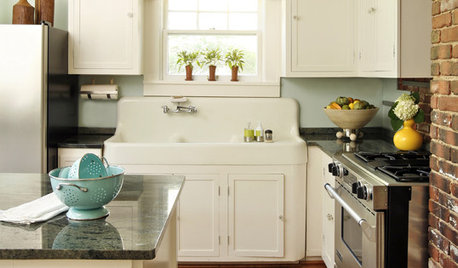
KITCHEN DESIGNHow to Set Up a Kitchen Work Triangle
Efficiently designing the path connecting your sink, range and refrigerator can save time and energy in the kitchen
Full Story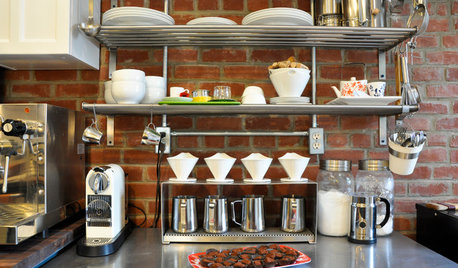
SHOP HOUZZHouzz Products: Set Up Your Dream Coffee Station
Wouldn’t it be nice to have your own café that never closes? With these tools and accessories from the Houzz Products section, you can
Full Story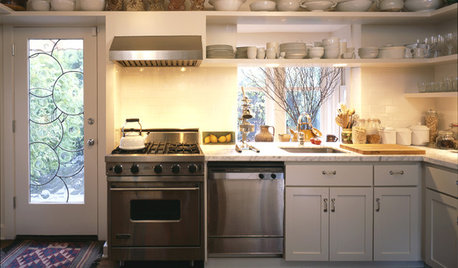
KITCHEN DESIGNHouse Planning: How to Set Up Your Kitchen
Where to Put All Those Pots, Plates, Silverware, Utensils, Casseroles...
Full Story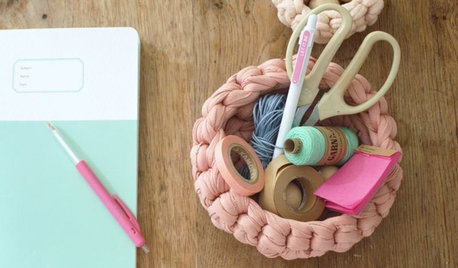
PRODUCT PICKSGuest Picks: Set Up a Sprightly Spring Craft Corner
Get a jump start on crafting season by organizing, updating and beautifying your workspace
Full Story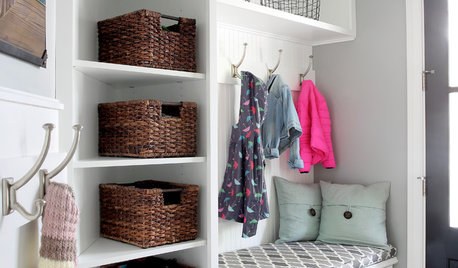
MOST POPULAROrganized From the Start: 8 Smart Systems for Your New House
Establishing order at the outset will help prevent clutter from getting its foot in the door
Full Story
HOUSEPLANTSPlay Up Some Fiddleleaf Figs for a Lively Indoor Tune
Strike a dramatic chord in a minimalist scene or a country note in a rustic setting — fiddleleaf fig plants harmonize with any style
Full Story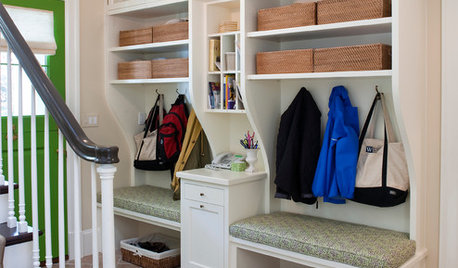
ORGANIZINGWant to Streamline Your Life? Get a System
Reduce stress and free up more time for the things that really matter by establishing specific procedures for everyday tasks
Full Story
FARM YOUR YARD9 Ways to Change Up Your Vegetable Garden for the Coming Season
Try something new for edible plantings that are more productive than ever
Full StorySponsored
Columbus Area's Luxury Design Build Firm | 17x Best of Houzz Winner!






flatlander
azmactech
Related Professionals
Saint Louis Park Landscape Architects & Landscape Designers · Brunswick Landscape Contractors · Dallas Landscape Contractors · Live Oak Landscape Contractors · Yukon Landscape Contractors · Four Corners Landscape Contractors · Annapolis Fence Contractors · Baltimore Fence Contractors · Gurnee Fence Contractors · La Canada Flintridge Fence Contractors · Lakewood Fence Contractors · Peoria Fence Contractors · Piedmont Fence Contractors · Rutherford Fence Contractors · Wallingford Fence Contractorstimewind
azmactech
justaguy2